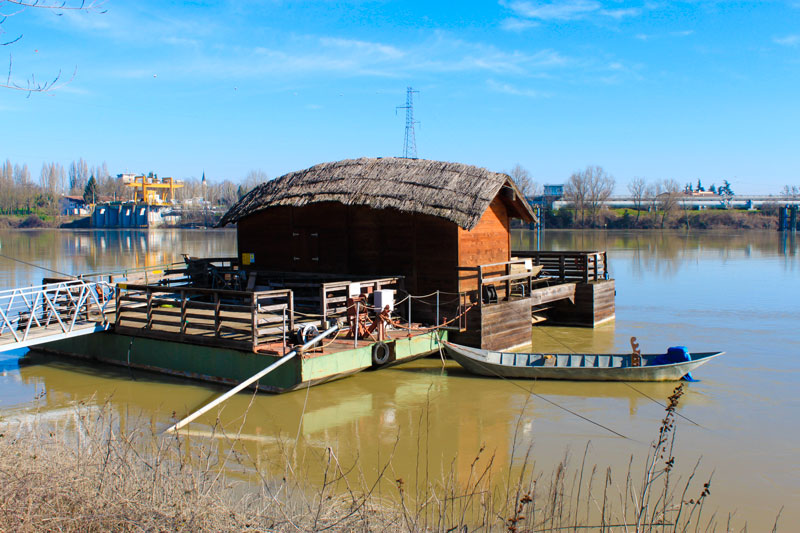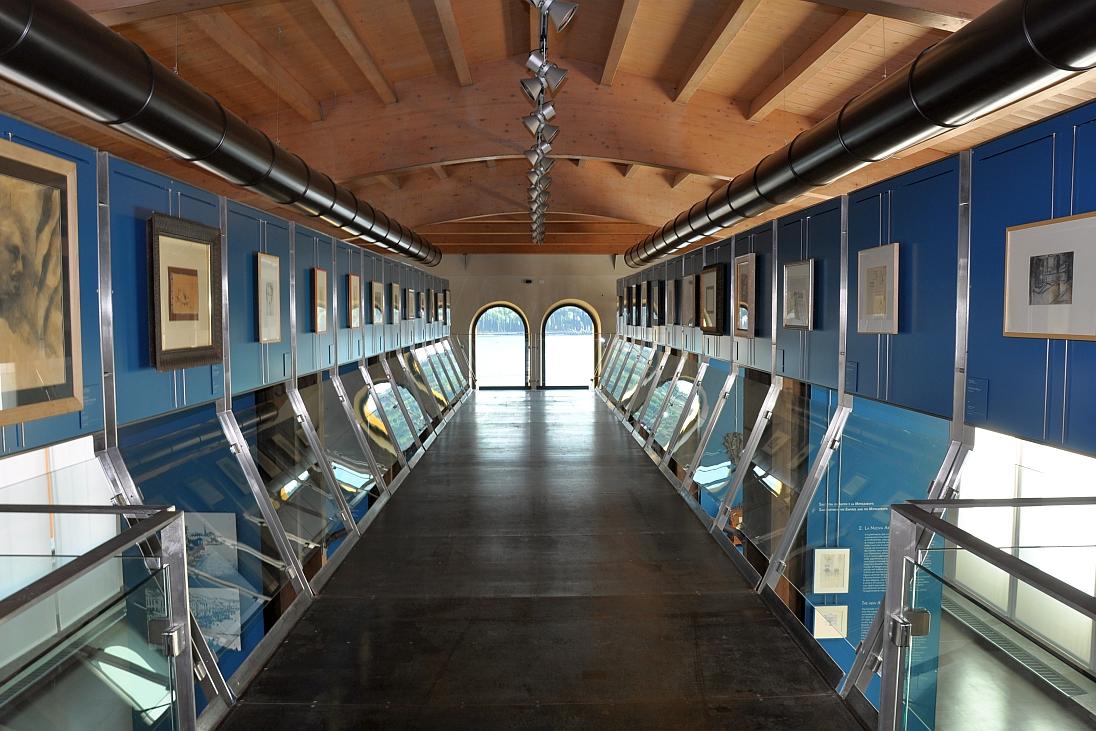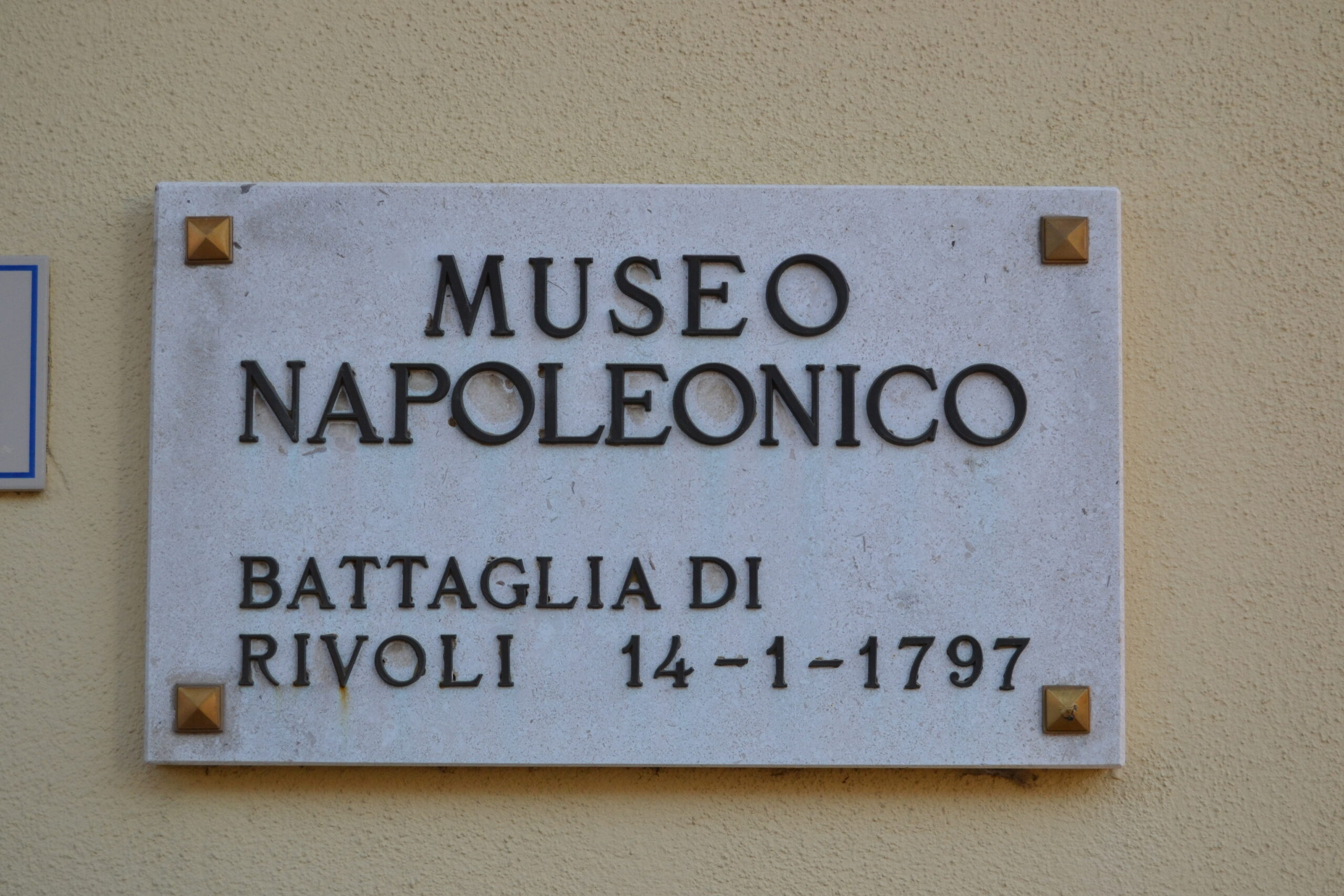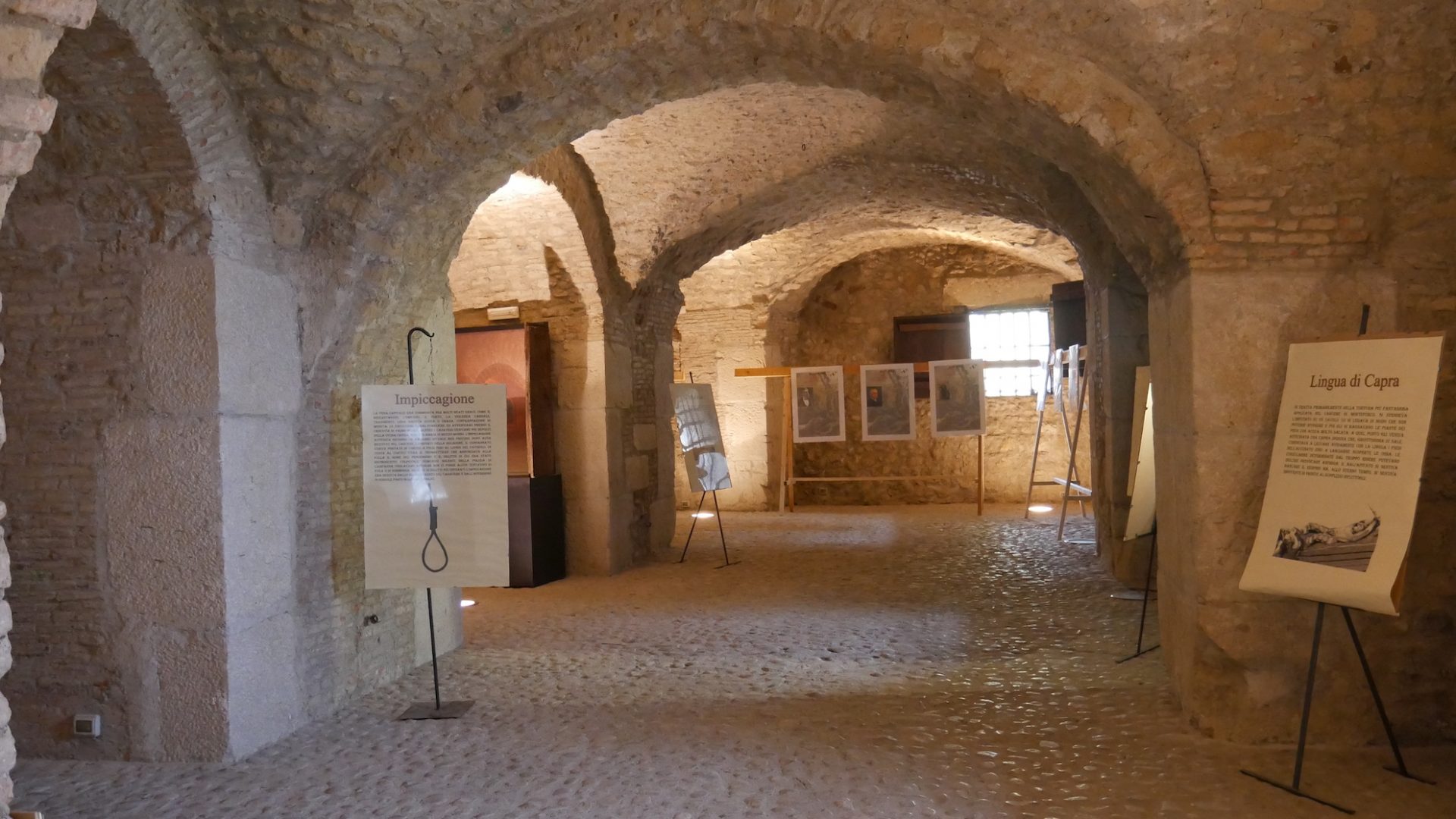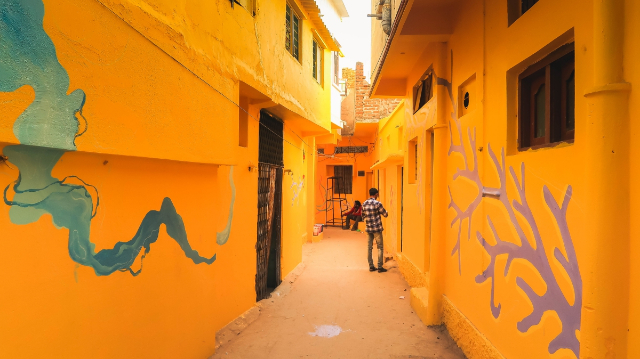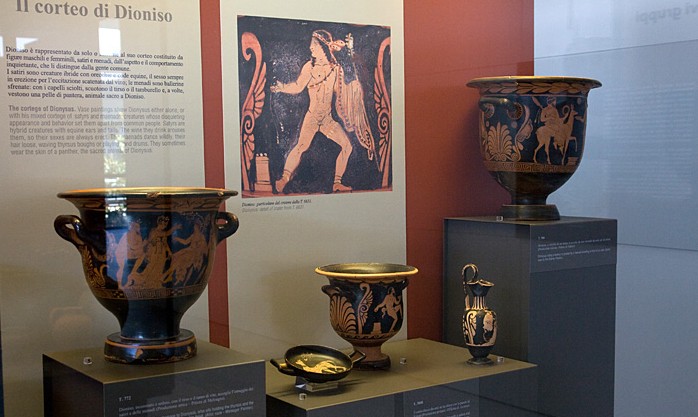Il Mulino Natante is an external appendage of the Po Museum. The project to build the mill was born from the will of the municipality of Revere to let local users and visitors know the traditions of the milling civilization and to complete this initiative the mill is able to produce flour from an organic chain.
The floating mills are a characteristic element of the Po Valley and northern Italy, where they have been present along the Po and Adige rivers since the Middle Ages. Between the end of the 19th and the beginning of the 20th century it was a point of reference for the social and economic life of the town. The floating mill is now a documentation of the more than 300 that existed on the Po from Cremona to its mouth from the 11th to the 20th century. Their presence began to decrease already in the early 1900’s when, due to the appearance of steamboats and tugboats on the rivers, the users were not reconfirmed, the water concession was not granted and all the mills had to be dismantled.
The floating mills are the result of a readjustment of the traditional mill structure: the wheels become wider in order to better collect the force of the currents and numerous motor shaft multiplier mechanisms are introduced. They consisted of a wooden structure, positioned on two or three floating hulls and housed a variable number of wheels.
Some mills also housed the miller and his family. The main structure supports the wheels and the wooden hut, where the raw materials for grinding and the necessary tools were placed. The floating mill of Revere is located on the right bank of the Po, next to one of the floating docks. It is composed of a supporting structure consisting of two hulls, also called sandon, connected by steel crossbars and part of the supporting structure is covered by larch wood strips. In the mill, mainly corn and wheat were ground.
